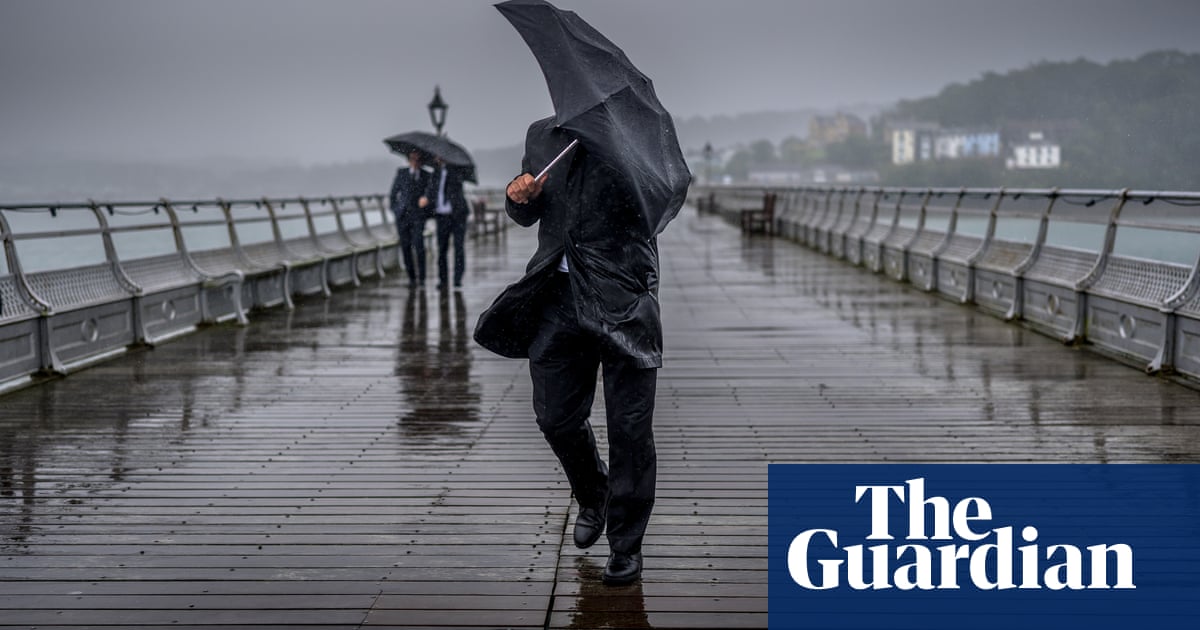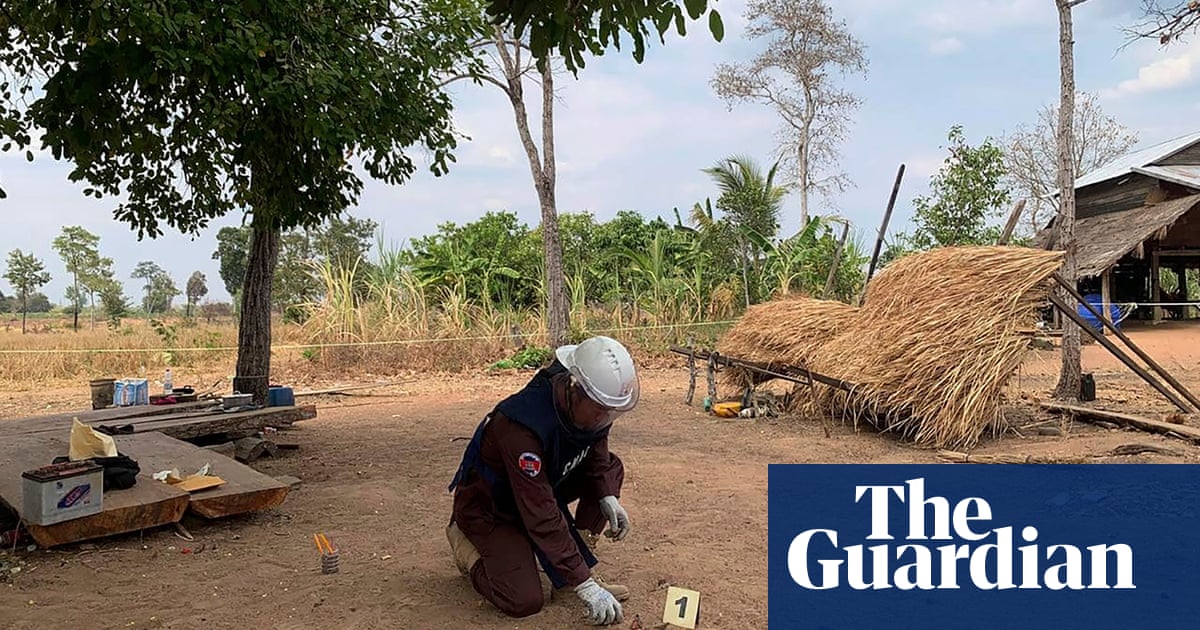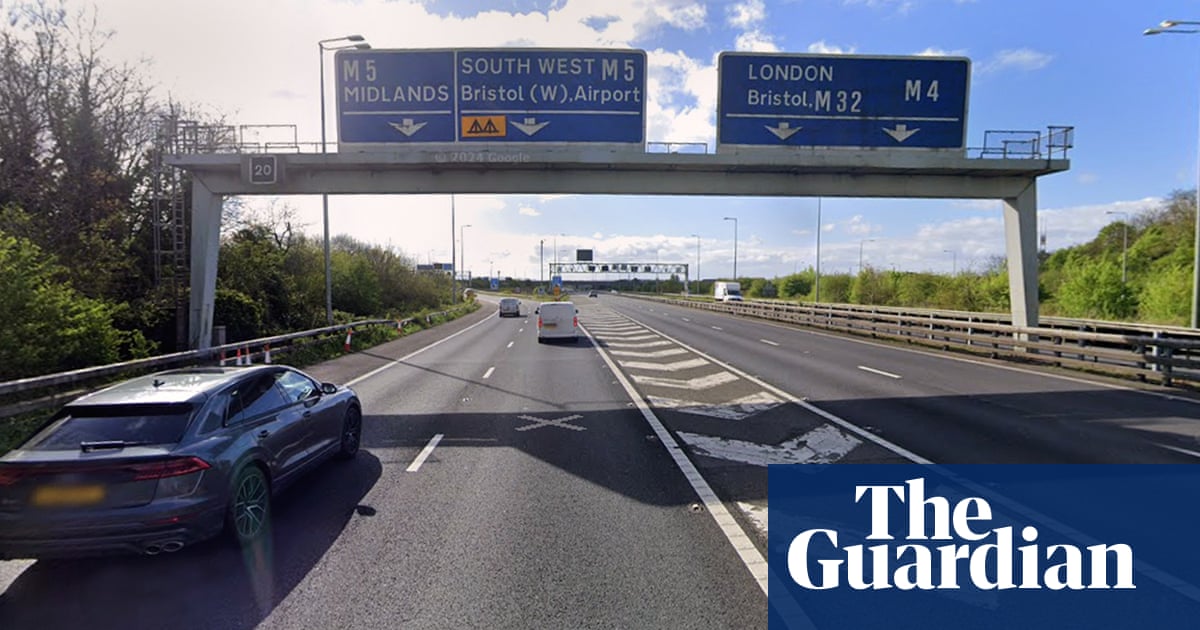Five technicians secured by wires worked near the curved top of an arched steel structure that loomed the equivalent of 40 stories high, trying to extinguish the last bits of smoldering insulation left by a drone strike. It was snowing; the temperature was below freezing; the steel was covered with ice.
The hole from the strike was quite large, about 540 square feet, and dangerous for many reasons — primarily because it jeopardized the safety of the protective shell covering Reactor No. 4 at the Chernobyl nuclear power plant, the site of the worst nuclear disaster in history.
The breach was also deliberate, Ukrainian officials said, punched through at 1:59 a.m. on Friday by a Russian drone with a high-explosive warhead. Nuclear experts called it one of the most potentially dangerous attacks since Russia invaded Ukraine almost three years ago.
Despite the strike, radiation levels at Chernobyl remained normal on Friday. Far below that arched hood, the concrete-and-steel “sarcophagus” encasing the reactor and highly radioactive debris held. No one was injured or killed.
Still, Ukrainian authorities described the strike as audacious, hitting a nuclear power plant on the eve of a gathering of world leaders in Munich and risking a disaster.
Article by:Source:











